We are huge coffee lovers, so the Coffee Triangle was the first to be pinned on the map when we planned our journey through Colombia.
Colombian Coffee
Colombia is one of the biggest coffee producers in the world, ranking the third, after Brasil and Vietnam in terms of volume. But it is probably the first when it comes to mild, washed arabica. So Colombian coffee is widely recognized as top quality, with intensive marketing campaigns to promote it since the ‘50s. This is due to the perfect natural conditions and the extensive coffee growing experience. But most of all, high quality comes from preserving the traditional harvesting and processing methods. Even though it is labor intensive, cherry picking is the standard here. Stripping the coffee trees by machines would not be suitable anyway on Colombia’s steep slopes. Coffee pickers examine each tree on average every 15 days, ensuring each cherry is harvested at the perfect moment.
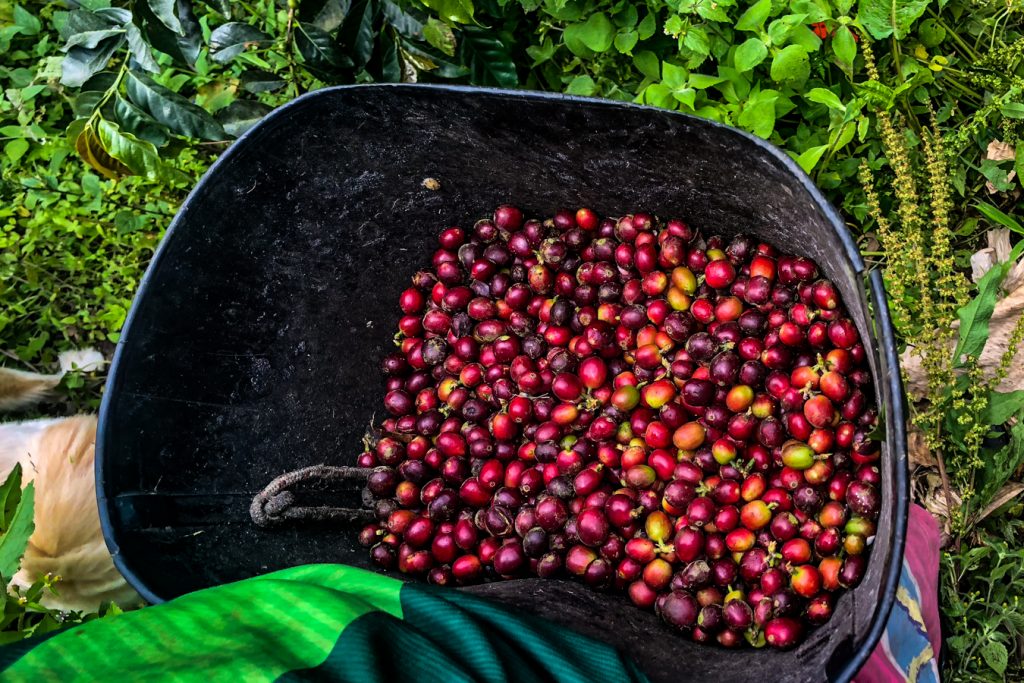

The Coffee Triangle
The coffee triangle refers to three departments: Caldas, Risaralda and Quindio, with the main cities Manizales, Armenia and Pereira. Most of the small villages in the area are picturesque and authentic and give the real life feeling. The ones we enjoyed the most were Salento and Filandia. Part of the Coffee Triangle was also included in the UNESCO World Heritage sites list, as the Coffee Cultural Landscape of Colombia, as a great example of preserving the centennial traditions.


The Coffee triangle used to be the richest region in Colombia back in late ‘70s. With the coffee prices reaching peak levels, coffee farmers could afford a better life and the whole region improved in terms of infrastructure. Nowadays, it is not just about coffee here, as more and more people are coming to visit. So the farmers embraced this new activity too! Many coffee farms (finca) can accommodate tourists in a traditional setup or organize tours, explaining the whole coffee production process, from planting the seed to the wonderful beverage we all enjoy. We visited just before the beginning of the harvest, which is roughly between October – December and April – May in this area. This is also the high season for tourists and can differ slightly, depending on the altitude.

Road trip
We rented a car in Medellin instead of choosing an internal flight, even though the cost would have been similar. But we wanted to explore the whole region at our own peace, which would be difficult using local transportation, with a restless 2-years old. It was the best decision we could make! Except for about 100 km between Medellin and Manizales where the road is under construction, the infrastructure is absolutely perfect. High quality roads wind through the mountain scenery in a picture perfect landscape. Coffee and bananas plantations, exotic forests, high mountains with steep slopes and lush valleys, it is an explosion of nature and vegetation. We’ve had 10 amazing days, with almost 1,000 km on the road. It remembered us of the road trip we took through Tuscany 2 years ago.
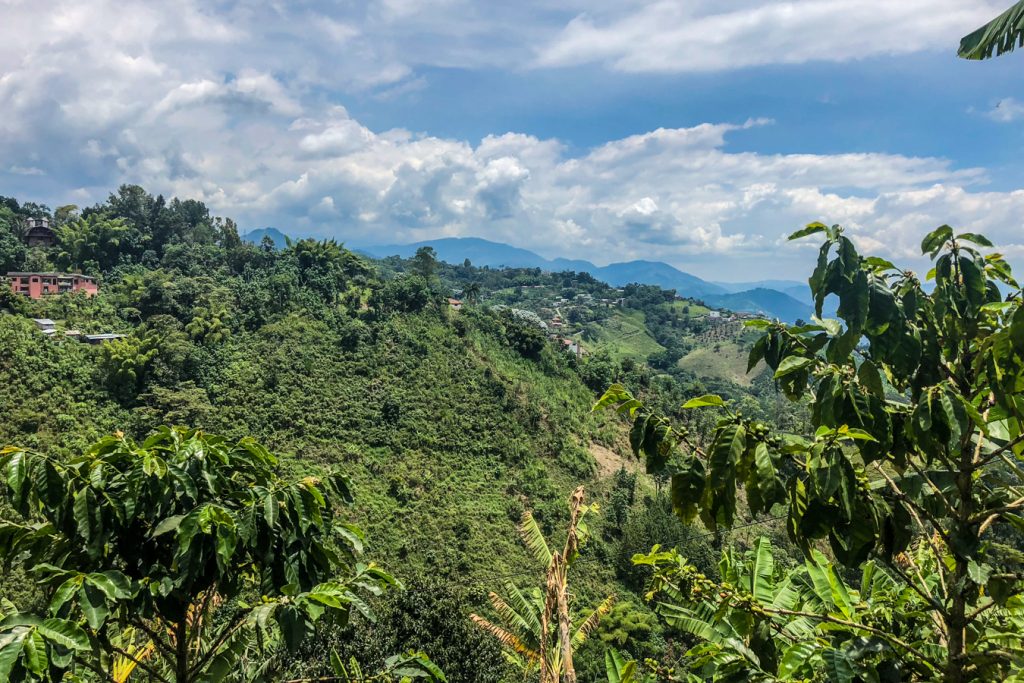
We spent a few nights in several locations in Zona Cafetera. We wanted to easily explore the whole area and enjoy the local flavors. Each had its own charm and made it difficult to choose a favorite.
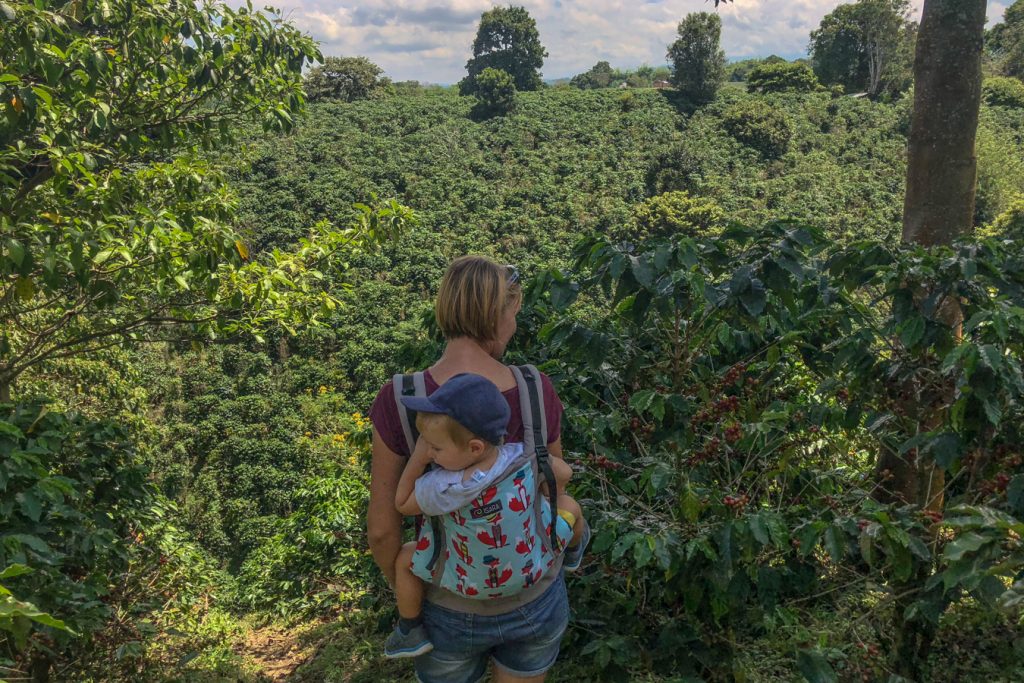
As we were road tripping through the coffee axis, we stopped by several small farms to get the local, authentic feeling. We skipped the tours advertised by most travel websites. Instead, we asked our hosts what farms they recommend in the area, off the beaten path. This way we found some great surprises! The approach is much more friendly and personal this way. We got to discuss in more details the history of the area and get a glimpse of everyday life in a coffee farm. And we got more flexibility too. With a toddler, you barely know how the following 10 minutes will look like, so 3 hours tours with 10 more people are somehow out of the question.
Coffee in Colombia
The biggest paradox for us was the quality of the coffee that is widely served in Colombia. First of all, espresso is not widely popular, but this is just a matter of consumer habits. In most of locations you can get “tinto” a very light version of filter coffee, or “cafe con leche” which is the same but with milk. But the main issue is not the preparation method. It is the coffee itself! It lacks the flavor, all the aromas that a coffee lover can recognize in a high quality brew. We enjoyed some great tastes at the farms (of course) and in small modern coffee shops that appeared during the last few years in touristic locations. Everywhere else it is a dull drink we quickly took just for a boost caffeine.
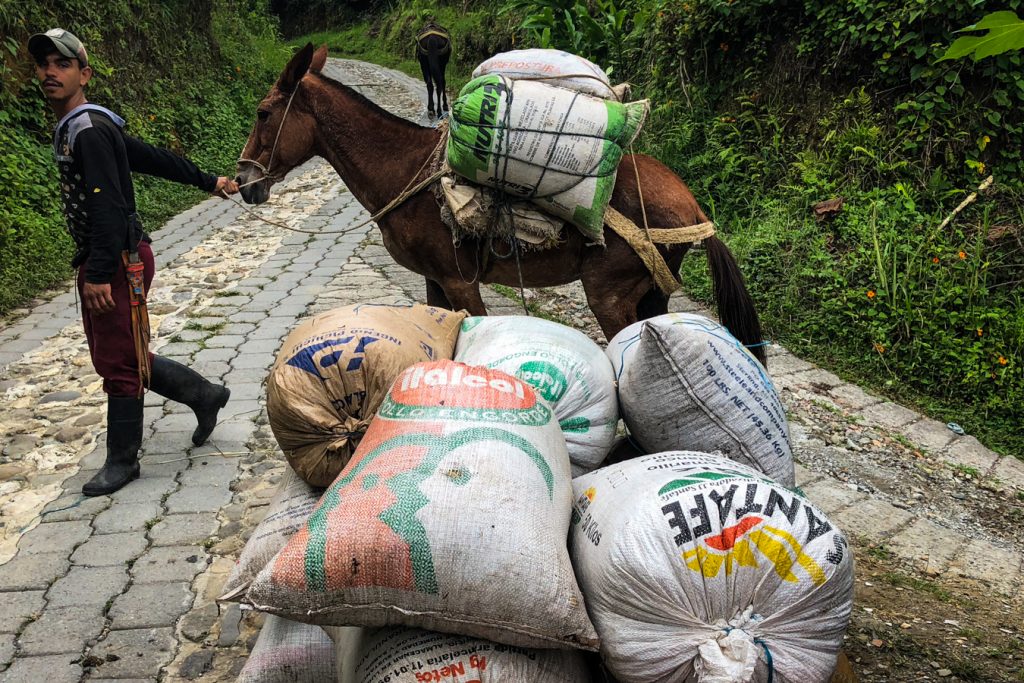
One coffee farmer explained us the reason why high quality coffee is not common in Colombia. Most of the coffee produced in Colombia is exported, some years even more than 90% of total production. Here, just high quality beans are accepted, to maintain the title of Colombia as a top producer. The low quality part of production is kept for internal consumption. It can even happen that Colombia imports lower quality coffee from countries like Peru or Ecuador instead of keeping its own production. This is because local coffee is too expensive for internal consumption. I think this is a really sad story. He also told us that, especially in the past, most of the coffee farmers never even tried their best products and always drank low quality coffee.
 Nowadays things are improving and the standard of living increased in Colombia. Small coffee shops are emerging, selling high quality speciality coffee, prepared in various methods. But I think there still is a long way for internal coffee market to grow to the potential it reached in Europe.
Nowadays things are improving and the standard of living increased in Colombia. Small coffee shops are emerging, selling high quality speciality coffee, prepared in various methods. But I think there still is a long way for internal coffee market to grow to the potential it reached in Europe.
Have you ever visited a coffee farm? Would you like to know more about coffee?
Pin for later
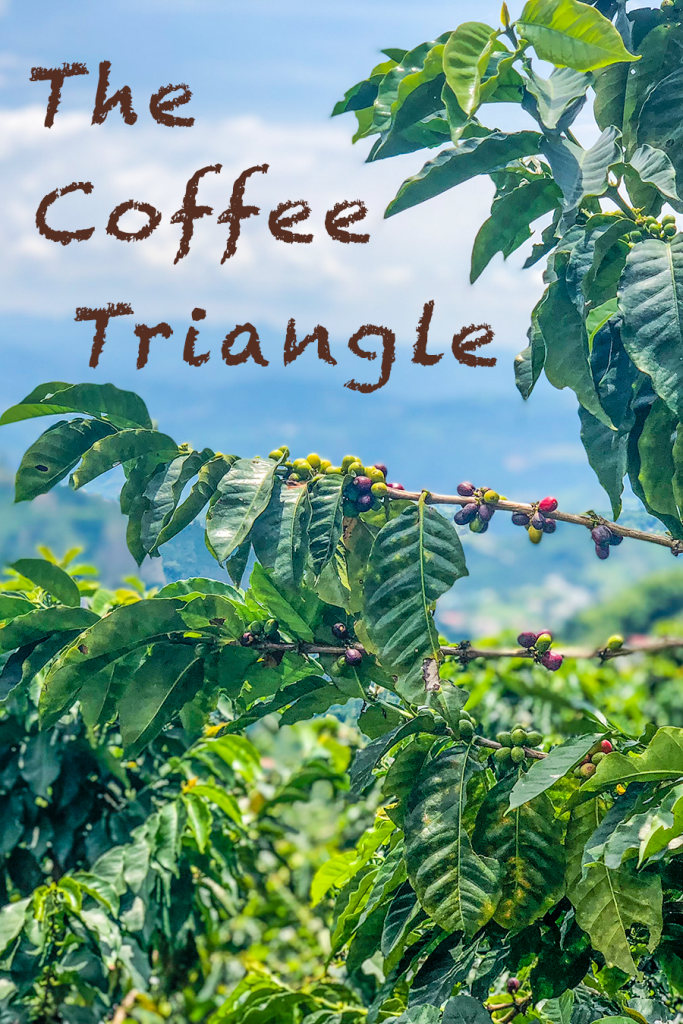


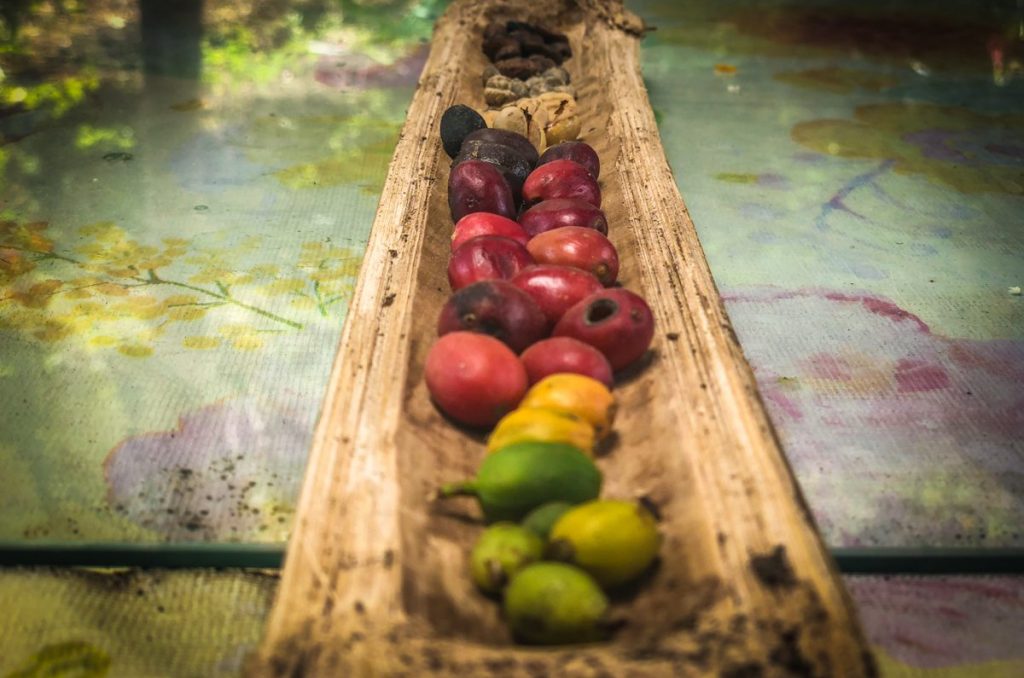

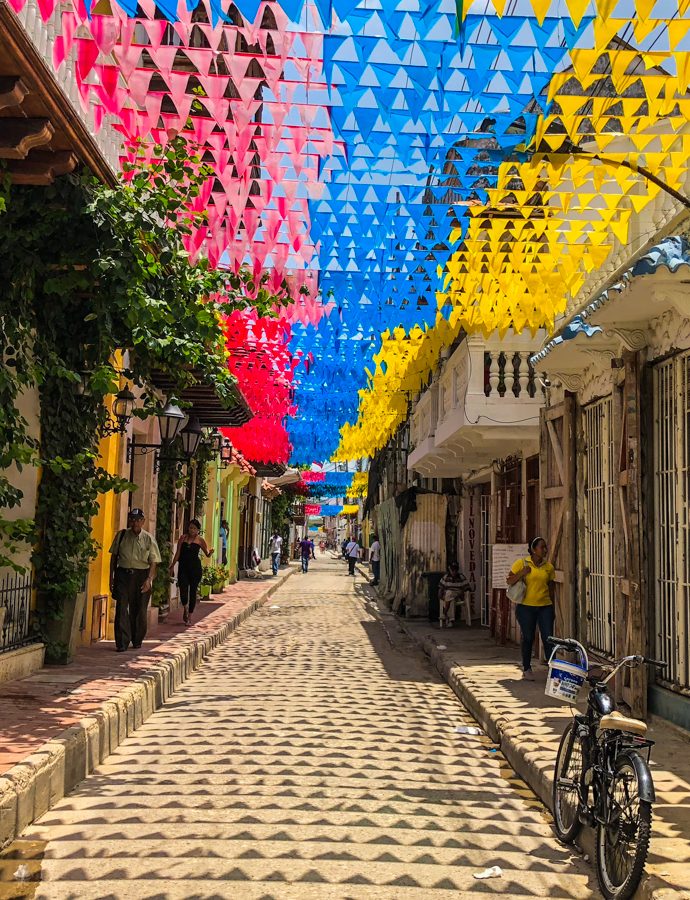
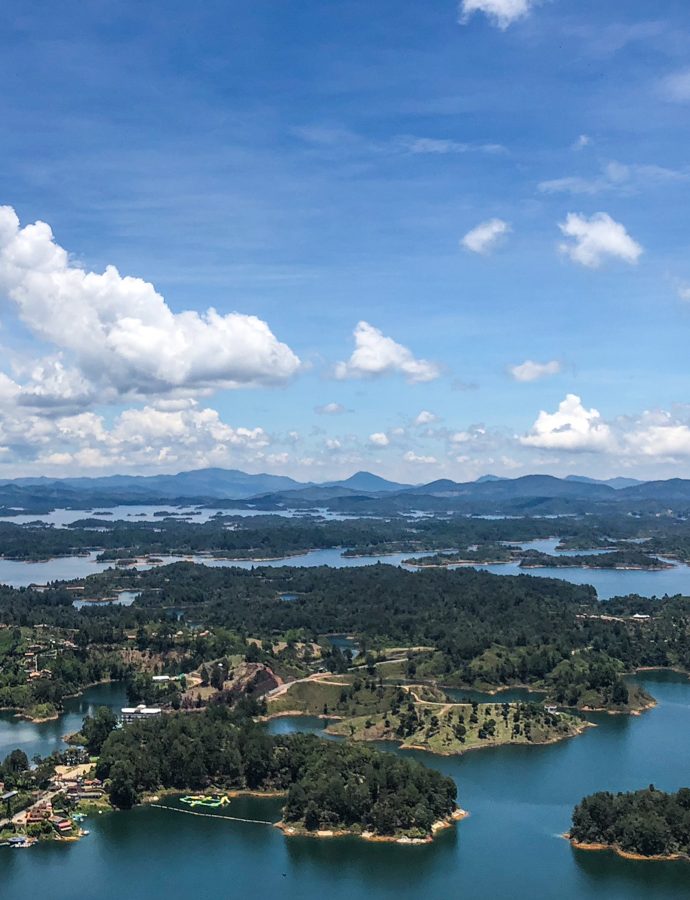


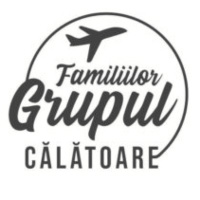

[…] you read our blog, you know we are huge coffee lovers. We visited coffee plantations in Colombia to understand more about how it grows and one of our key criteria for a nice hotel is whether it […]
[…] is worldwide famous for its coffee farms. But the truth is the best coffee is usually exported, and just the cheap one are locally consumed. […]
[…] location in the mountains, the tea county was our favourite area in Sri Lanka. It reminded us of the coffee triangle we visited a few months ago in Colombia. Actually, we learned that Sri Lanka was the world’s […]
[…] you think about Zona Cafetera, you don’t necessarily see a vacation with kids there. Still, we had a great time exploring the […]